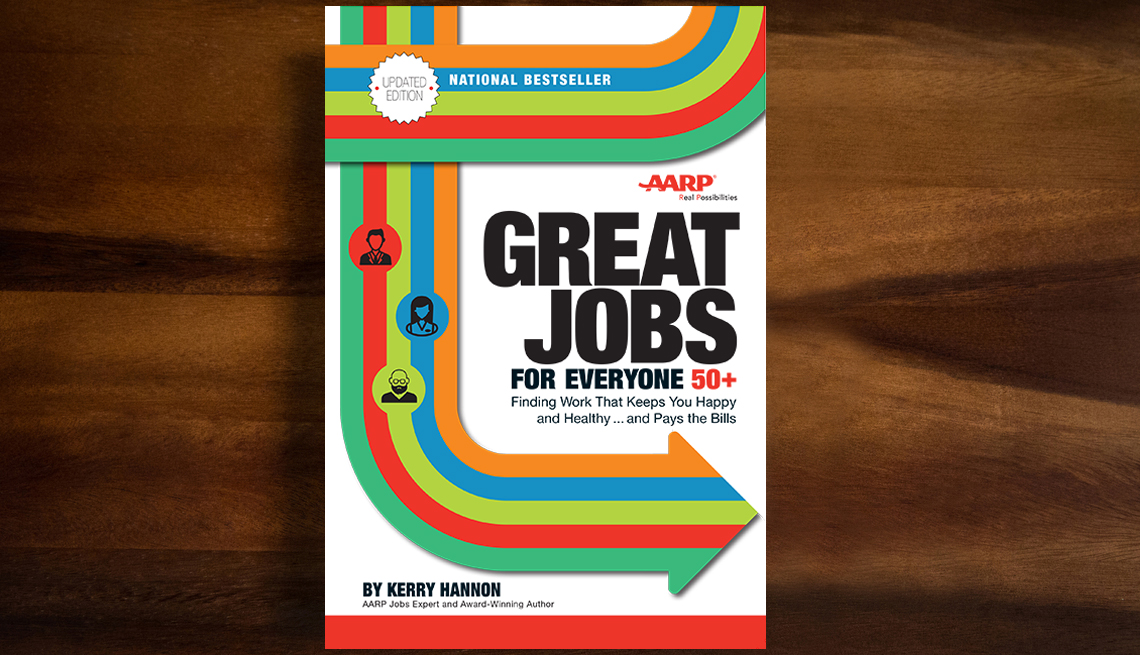AARP Hearing Center
This article was adapted from AARP’s Great Jobs for Everyone 50+: Finding Work That Keeps You Happy and Healthy … and Pays the Bills by Kerry Hannon (John Wiley & Sons, Inc., 2018), available at aarp.org/greatjobs and bookstores.
Career moves often require a skill refresh, or in some cases, even a serious hitting of the books. Once you decide what job you are aiming for, check to see the credentials required for the position. To get hired, you may first need to expand your skill set.
Learn before you quit. If possible, keep your current job while you add the education you need for your new pursuit. Many employers offer tax-free tuition assistance programs — up to $5,250, not counted as taxable income — and the contribution doesn’t have to be tagged to a full-degree program.
Be careful, however, because employers can levy restrictions such as taking courses that relate to the employee’s duties, taking courses as part of a degree program, and requiring you to work a certain length of time after taking the course — or requiring repayment of tuition if you leave early.
Seek financial aid. You don’t need to be college age to get a subsidized loan — there’s no age limit and you’re eligible as a part-time student, too. The federal aid formulas don’t take into account your home equity or retirement accounts, and because you are an adult, a certain amount of your savings is protected.
Take advantage of educational tax breaks. Depending on your income, you might qualify for the Lifetime Learning Credit, worth up to $2,000 each year. The credit can cover up to 20 percent of tuition and expenses for college and graduate courses, or for any class you take to obtain or increase job skills. (The benefit phases out completely for married couples earning $131,000 and singles earning $65,000.)
If you make too much, the income ceiling is higher for claiming a deduction associated with tuition and fees, up to $4,000. There’s also a maximum student loan interest deduction of $2,500. For details, see the IRS website (irs.gov) or the tax-benefits guide from the National Association of Student Financial Aid Administrators (nasfaa.org).





























































